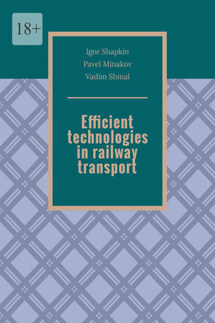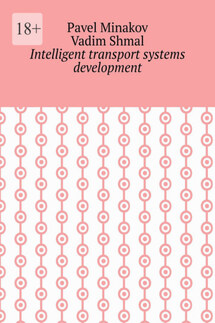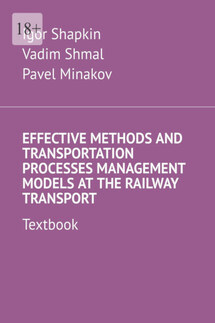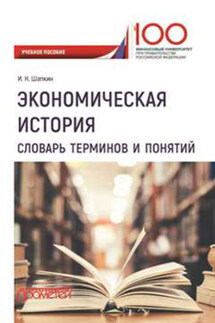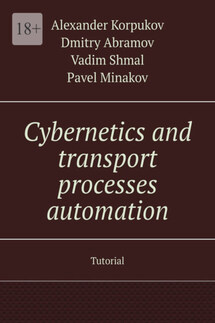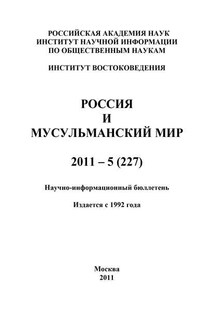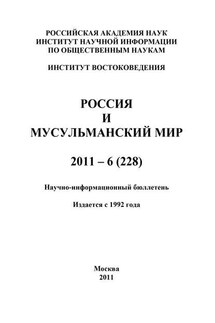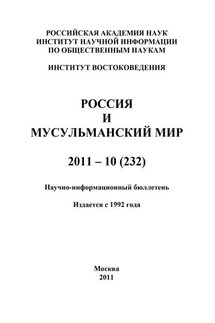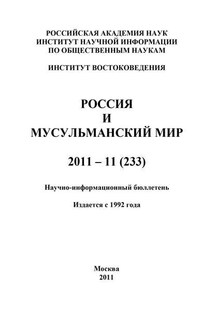The state and prospects of development of the transportation process management system in railway transport in the conditions of reform are considered. The analysis of the world processes of economic development is given, effective ways of transition to landfill technologies for managing the transportation process, modern systems for organizing car traffic and train schedules, systems for operational planning of train and freight work and integration technologies, improving the quality of dispatching control on railways are presented. Modern approaches to the organization and technology of local work in the context of the development of the vertical management system are presented. The advantages of the state approach to the system of train safety in railway transport are shown. The experience of effective management of locomotives in the conditions of the Traction Resource Management Center, as well as the introduction of intelligent transport systems in railway transport and the economic efficiency of technology and transportation management on railways is presented.
Railway transport in Russia occupies a leading place in the development of the country’s economy, providing full, timely and high-quality satisfaction of passenger and freight traffic. Railways link together territories, cities and regions into a single state – Russia.
The reforms carried out in railway transport are aimed at the long-term development of the industry, the introduction of new innovative technologies based on intelligent processes using the latest telecommunication systems, GLONASS, optimization management methods that can significantly improve the quality of transportation, train safety, competitiveness, innovation and efficiency of railway transport.
The most important strategic task is to implement the implementation of the strategy of the Railway Transport Development Program until 2030. The basis of its execution is to improve the quality of operational activities and optimize transportation management. In the development strategy of the Russian Railways Holding, the basic values are: customer orientation, professionalism, innovation and efficiency, implemented through full satisfaction of customer needs based on the provision of quality services that meet international standards.
By implementing the business as an organization of freight transportation, JSC “Russian Railways” ensures the formation of a new line of transport products and an increase in the level of customer service.
An important management tool is the creation of a Central Traffic Management Directorate, whose main tasks are the continuous improvement of transportation management technology, the most productive use of car fleets and locomotives, optimization of infrastructure loading, taking into account the performance of maintenance and repair work. The creation of the structure should be continuously replenished with new technologies of the transportation process, be adequate to the requirements of the market economy at all levels of management.
The solution of the above problems primarily depends on the level of transport science, the effectiveness of which depends on the development of its connection with practice. This is especially important for such a key industry as rail transport. Many scientific ideas, technical developments, complex calculations, technological solutions of transportation management processes, which allows them to be applied more reasonably in the practice of railway operations, to obtain a significant economic effect.
The implementation of the goals in the field of development and implementation of effective technologies and modern methods of solving operational problems in railway transport are set out in this book.
CHAPTER I. IMPLEMENTATION OF THE STRATEGIC DEVELOPMENT PROGRAM OF RAILWAY TRANSPORT FOR THE PERIOD UP TO 2030
1.1 Results of structural reform in railway transport
The Government of the Russian Federation has approved a Program of structural reform in railway transport, which predetermined the large-scale transformations of JSC “Russian Railways”.
The market changes of the nineties determined the need for a radical revision of the model of the entire railway industry, and the deterioration of assets – wagons, locomotives, infrastructure – required urgent action.
The program provided for a number of steps aimed at ensuring the sustainability of the railways as the basis of the unified transport system of the country, improving the safety, quality and accessibility of services provided and reducing the cost of transportation.
Railway workers have no way to stop the entire system or any part of it for a long-term reconstruction, demolish the old facilities and build new ones in their place. It is no secret that, unlike other industries, railway reform is carried out, in fact, on a living technological organism, and the classic principle of “do no harm” is not just words here.
